Main Power Supply in Telco Site
Scope
The following sections detail the provision of mains power to new sites. The Supplier will document
the mains power supply route and details on a separate drawing within the relevant site drawing
set.For upgrades or network re-arrangements at existing sites, the Supplier will ensure that the existing
power supply has sufficient capacity for the existing plus proposed equipment, including taking into
account any other users connected to the supply. The Supplier will utilise OM38347 Optus Power
Calculator tool to calculate the Optus equipment load.
Three Phase & Single Phase Supply
The Supplier will design and arrange for the provision and connection of mains power supply from
the supply Authority’s point of supply to the site meter panel, in accordance with the Site Drawings
and local Power Authority requirements. Three phase AC 415 Volts supply will be provided by the
Supplier for all sites where the power authority is able to supply 3 phase power. Where 3 phase
AC 415 Volts is not available from the power authority, single phase 230 Volts AC will be accepted.
The capacity ratings of the mains power supply will be in accordance with Table 2 AC Mains Power
Capacity Rating below. This demands below makes a allowance for massive MIMO and 5G future
Optus equipment for MOO & eJV sites.
| AC MAINS POWER CAPACITY RATING | ||||||
| Air Con Cooling |
Fan Only Cooling |
Air Con Cooling |
Fan Only Cooling |
Air Con Cooling |
Fan Only Cooling |
|
| ROO GF | MOO GF | eJV GF | ||||
| 3 PHASE | 32A | 25A | 50A | 40A | 63A | 63A |
| SINGLE PHASE |
80A | 63A | 125A* | 100A* | 180A* | 150A* |
* Note: supply capacity from single direct meters is limited to 100A due to supply and metering equipment capacity limitations
Table 2 – AC Mains Power Capacity Rating
The AC mains power cable specification will be in accordance with AS3000 for each site to meet
the applicable project AC mains capacity rating, as shown above in Table 2 AC Mains Power
Capacity Rating.
If there is considerable cost or delay in providing the mains power supply or to upgrade an existing
consumer mains supply, to the specified ratings above, the Supplier may consult with Optus and
seek Optus’ approval to reduce the rating by submitting an escalation to Optus. Optus may approve
or reject the Suppliers application to reduce the AC mains power capacity rating.
For Telstra, Crown Castle and Others co-locations, the power demand submitted in the co-location
application will be assessed on a site-by-site basis and will not include allowance for future
equipment. Expensive and/or time delaying upgrading of the existing service will be avoided.
All Optus prefabricated outdoor cabinets and shelters are wired for three phase supply as standard
and are supplied with 3-pole type C main circuit breakers (capacity must be advised by the
Supplier) and are installed in meter box on the body of the outdoor cabinet or shelter. At the time of
ordering the outdoor cabinet or shelter, the Supplier must advise the Optus shelter supplier of the
required rating of the main circuit breakers which is to align to Table 2 of 3.5.2 above. All
downstream wiring from the load side of this circuit breaker is pre-installed by the Optus shelter
supplier.
Where a single-phase supply is installed for an Optus installation, the Supplier will install a singlephase circuit breaker typically type C (unless specified in site drawings), sized as per site drawings, as the main protection device to protect the whole installation. From the load side of the singlephase circuit breaker, the Supplier will wire the main 3-pole standard circuit breaker and will bridge the connections on the line side of circuit breaker to keep the Optus shelter or outdoor cabinetsthree phase operational.
For single phase sites, the Supplier will not re-wire the generator manual changeover switch. The
manual changeover switch is located within the distribution board and is wired standard for 3-
phase. Optus deploys 3 phase generators as standard.
Site Metering
Site metering will be at a point designated by the relevant Supply Authority and/or in accordance
with state/territory rules and regulations. The Supplier will provide Optus with its own individual
power authority Smart meter.
Private/Check/Sub Metering
Private/Check/Sub Metering is not a preferred solution and will be avoided wherever possible. They
will be accepted only where the Supply Authority is unable to provide a separately metered supply.
A similar rated supply will be derived from the metered section of an existing installation and a
separate meter installed. All exposed conduit will be grey and UV resistant.
Metering will be at a point designated by the relevant Supply Authority or Site Provider depending
on type of metering installed on site. Where Supply Authority mains power is difficult to obtain in a
building (eg, a high voltage metered supply, major modifications needed to existing installation)
recourse may be made to negotiation for a private/check/ sub metered supply.
In the event, of a private meter being proposed, the Supplier will ensure a formal agreement is
reached with the Site Provider where by the Site Provider checks the meter and chargers for
energy consumed and this will be documented in the site Lease. In this event it is imperative that
the lessor is also the body responsible for payment of the power retailer Authority accounts.
All installations will be metered except for the provision of unmetered supply (special small service)
for Optus Microcell or similar installations mounted on power authority utility poles.
Underground Electrical Conduits and Pits
The below requirements apply to underground power runs from the property boundary or the power
authority point of supply, to the site compound and also within the Optus compound.
The Supplier will design the conduit route from the property boundary to the site compound and
within the compound, and detail on the site electrical or other drawings within the site drawing set,
the conduit position in relation to structures or boundary markings, the depth of the conduit, the
conduit type and size, pit locations and other relevant information. The preferred route is to be
along the site access track, where practical. Any requirement of the land owner / land occupier or
relevant authority are to be clearly shown one the site drawings.
Underground electrical cables will always be installed in conduit. The electrical conduit will be
‘orange’ PVC when buried and ‘grey’ UV stabilised wherever exposed. If a section of orange
conduit is exposed where the under-ground conduit transitions to above-ground, the Supplier will
paint it grey with UV blocking paint. Conduit size will be determined from AS/NZS 3000 for the type
and size of the power cable to be installed for the length of the run. The depth of cover to the top of
the conduit is to be in accordance with AS3000 and not be less than 500mm.
Electrical pits will be provided, where the mains cable runs underground for distances greater than
50 metres and at bends in the route, or where required by the Site Provider or by Local Authority.
Electrical pits will be polymer concrete (trafficable areas only) or HDPE pit of nominal size 450mm x
450mm x 600mm deep or as required, complete with cover (trafficable type as required).
Cable and conduit identification will be provided in accordance with AS3000.
Emergency Generator Receptacle
All Optus prefabricated shelters and outdoor cabinets are supplied with standard emergency
generator receptacle installed under the meter box on body of outdoor cabinets or shelters.
Standard emergency receptacles are outdoor rated to 50A three phase and are Clipsal 5-pin type.
Where an emergency generator receptacle is required at an alternative location to the shelter or
cabinet, eg, at ground level of a rooftop site or other site type where the shelter or cabinet is
elevated and/or cannot be accessed with a generator trailer, the type as outlined in the paragraph
immediately above, will be installed.
Power Application Process for New Connections & Retailer Set-up
When a new AC mains power connection is required, the application and design processes outlined
in Appendix A – Power Application and Connection Process are to be followed.
Further, the form in Appendix A – Power Application and Connection Process must be followed and
submitted with all detail to Optus Energy Services Desk, energyservicedesk@optus.com.au with a
minimum of 30 days’ notice to obtain the NMI. The NMI is required by the power authority and
retailer well before the power can be connected at site.
Optus Optic Fibre Conduit
The below requirements apply to underground Optus optic fibre conduit run from the property
boundary to the site compound and also within the Optus compound.
Fibre conduit installation must meet the specifications detailed in OM series Optus Underground
Network Construction:
OM10984 Part A – General Requirements
OM10986 Part C – Existing Optus Asset Identification & Protection
OM10987 Part D – Trenching, Conduit Installation & Direct Buried Cable
OM10988 Part E – Pits, Manholes, Lids and Accessories Installation Instructions
OM10989 Part F – Asset Marker Placement & Numbering
OM10992 Part I – Project Completion & Handover
OM11242 Specification Conduit & Subduct.
The Supplier will design the conduit route from the property boundary to the site compound and
within the compound, and detail on the site electrical or other drawings within the site drawing set,
the conduit position in relation to structures or boundary markings, the depth of the conduit, the
conduit type and size, pit locations and other relevant information. The preferred route is to be
along the site access track, where practical. Any requirement of the land owner / land occupier or
relevant authority are to be clearly shown one the site drawings.
Direct burial methods of the optic fibre cable are not permitted.
All conduits used must comply with OM11242 Specification Conduit & Subduct.
A hauling tape that meets the requirements of OM37875 Technical Specification Cable and
Subduct Hauling Tape will be installed in the conduit.
Optus marker tape will be placed 300mm above the conduits during backfilling in accordance with
OM10989 Part F – Asset Marker Placement & Numbering.
Pits with put lids will be installed where practically required for long runs with bends/change of
direction in accordance with OM10987 UG Manual Part D – Trenching, Conduit Installation & Buried
Cable and are to be an Optus approved type (currently Channell size 5, part number
SGLB1730170001171). A Channell P5 pit is to be provided just outside the Optus site compound
and also at the property boundary for the optic fibre conduit run.
For rooftop installations, a 50mm internal diameter ‘white’ uPVC conduit with draw-wire will be
installed from the host building’s Main Distribution Frame (MDF) to the equipment shelter, along the
shortest possible route approved by the Site Provider. The 50mm dia conduit will be suitably
protected in trafficable areas by use of a cable tray, steel conduit, steel top-hat section or similar.
Optus AC Mains Power Conduit and Optus Fibre Conduit in Same Trench
The below requirements apply to the underground mains power electrical conduit runs and Optus
optic fibre conduit runs from the property boundary (or the power authority point of supply) to the
site compound and also within the Optus compound.
The Optus AC mains power conduit and Optus optic fibre conduit will be installed within a common
trench wherever possible and practical (to reduce multiple trenches).
Separation between the conduits is not required. The specification of the conduits will comply with
combined requirements of sections 3.5.5 Underground Electrical Conduits and Pits and 3.5.8 Optus
Optic Fibre Conduit. The depth of the trench will comply with the deeper specification of the two
sections. Where there is conflict between the two specifications the more onerous will apply.


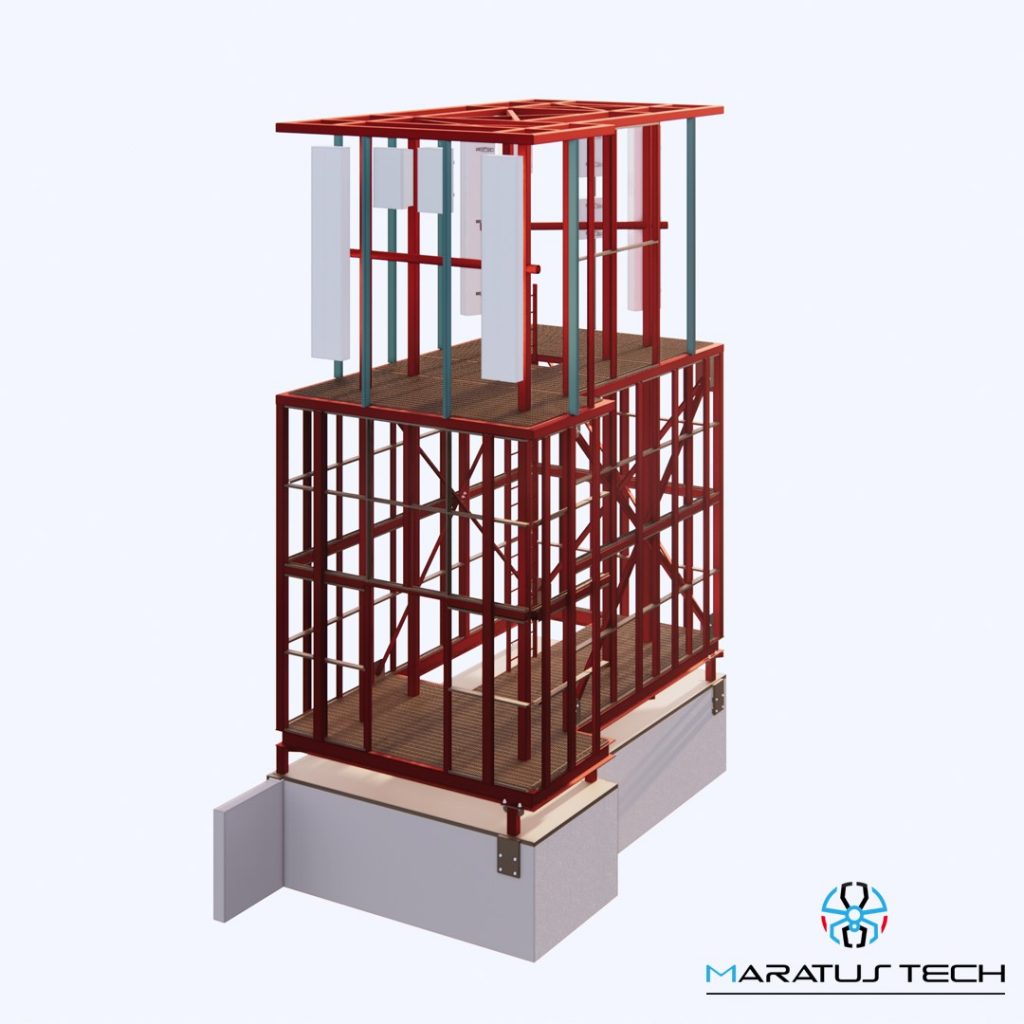
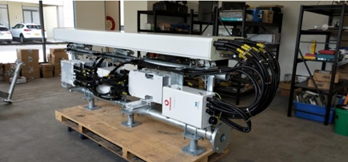
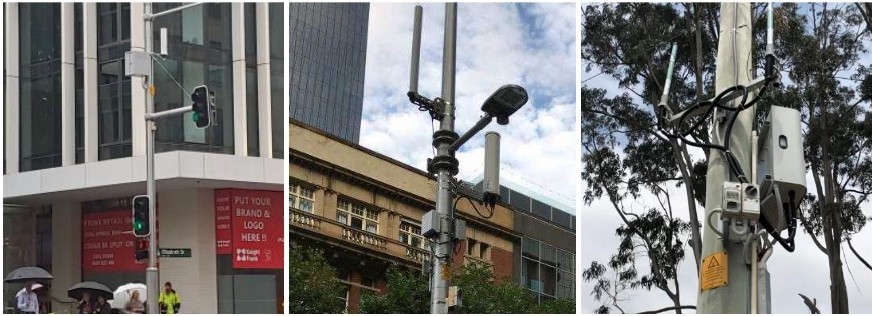




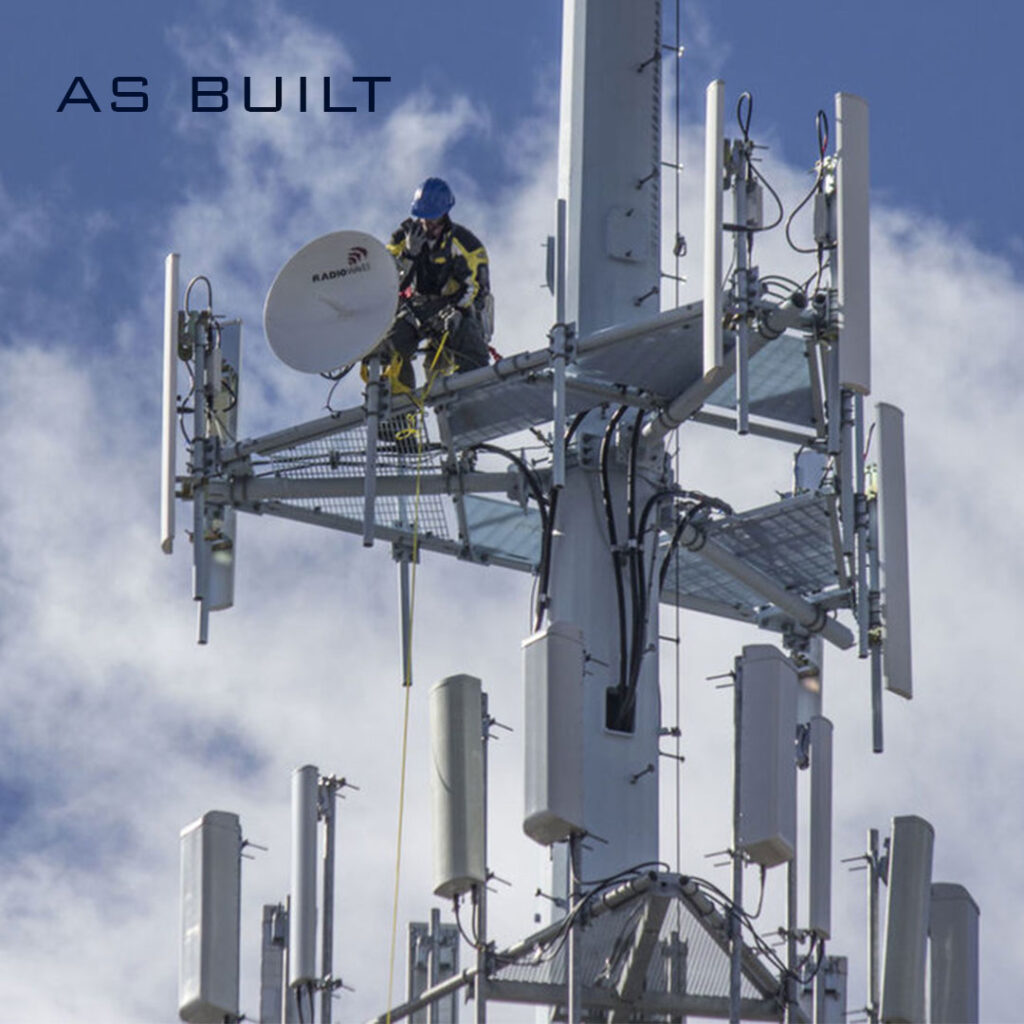


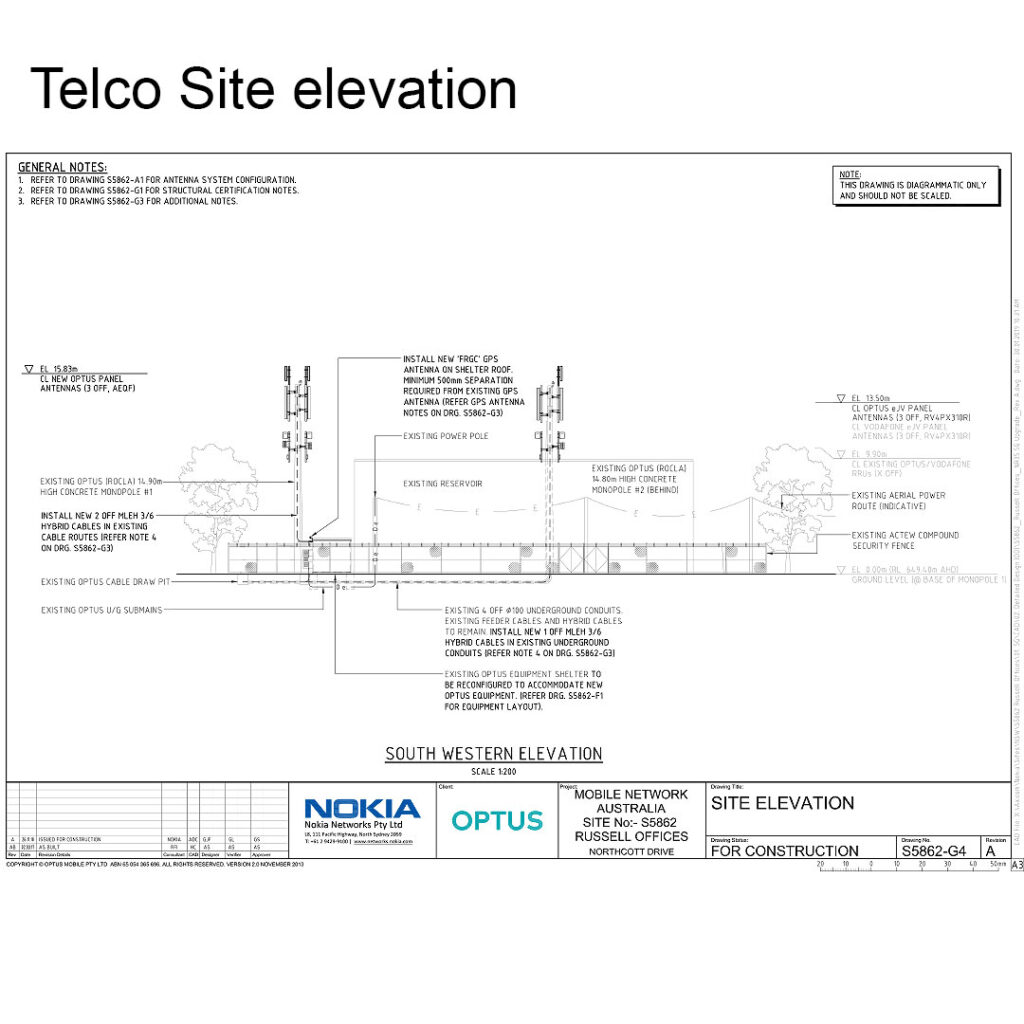
Very good article! We are linking to this great article on our website.
Keep up the great writing.
Utterly pent articles, Really enjoyed looking through.